Environmental efforts by Toyosu Market
Use of non-polluting conveying vehicles in the market
● Inside the buildings, only non-polluting electric conveying vehicles (turret trucks or forklifts) are used.
● Outside the buildings within the market, the use of low-emission vehicles complying with exhaust gas regulations is allowed only when forklifts are used for transporting heavy objects.
● We are promoting the use of combined delivery to reduce the number of vehicles entering the market.
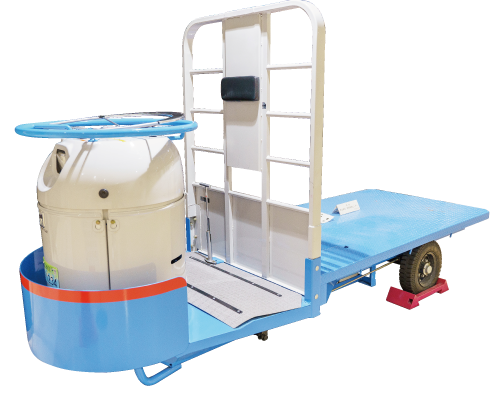
No idling inside the market
● To stop idling of vehicles requiring an electric power source, such as refrigerator cars or freezer cars, we provide external power-supply facilities to which these vehicles can be connected.
● To prevent the idling of trucks while waiting, we provide drivers' waiting areas in the berths on the 1st, 3rd, and 4th floors of the fisheries wholesale market.
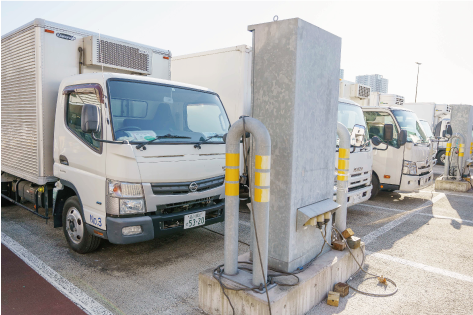
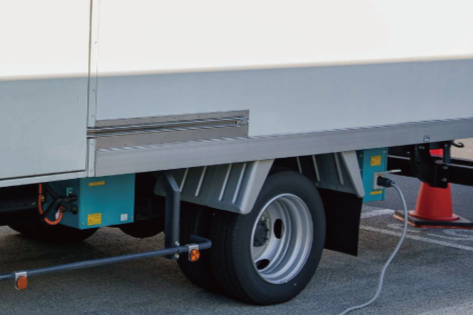
Recycling of waste products
● Toyosu Market is promoting efforts to recycle various waste products.
Expanded polystyrene
Reused as raw materials for plastics
Fish ileum
Collected by feed/fertilizer companies for reuse as feeding stuff, etc.
Palettes
Reused as building materials, etc. after being crushed
Solar power generation
● We utilize natural energy produced at one of the largest solar power plants in Tokyo.
● We have also introduced energy-saving devices such as an outdoor air cooling system and LED lights.
● The annual power production of the solar power plant is about 2 million kWh, which is about 2% of the annual power consumption of Toyosu Market.
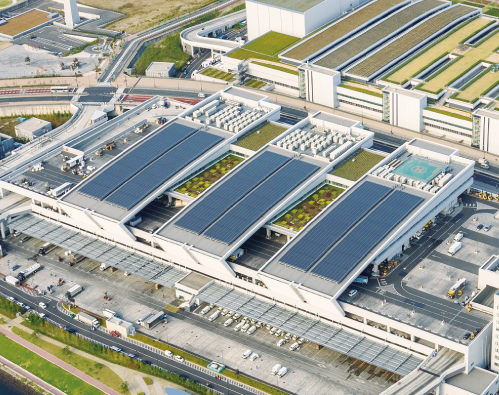
Roof Gardening
● We have also introduced roof planting to mitigate the heat island phenomenon and reduce the air-conditioning load.
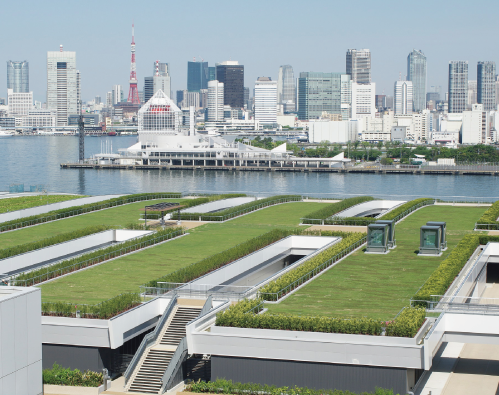
Assisting recovery from the Great East Japan Earthquake
Abundant marine products caught in the waters off the three prefectures of Tohoku
Rich fishing ground
The waters off Sanriku Coast and Joban Coast in Iwate, Miyagi, and Fukushima are known as one of the best fishing grounds with a large volume of fish catches.
In this ocean area, the cold Oyashio current containing rich nutrients collides with the warm Kuroshio current coming from the south to form a current rip, where a lot of plankton grow. This attracts plankton-eating small fish and many fish feeding on such small fish.
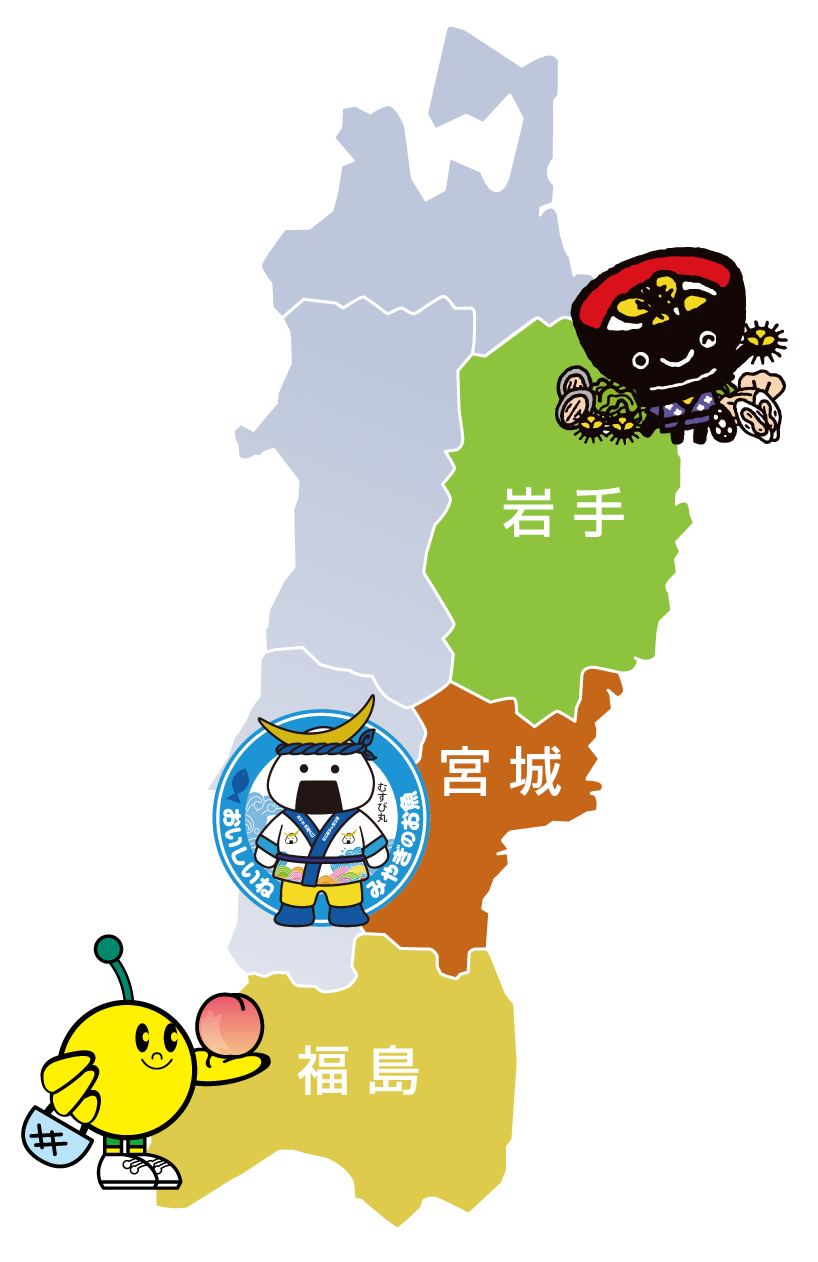
Iwate Prefecture
The sea off Sanriku is one of Japan's most bountiful fishing grounds for saury.
Iwate is famous for Nanbu salmon, which is also designated as the marine product of the prefecture, surumeika (flying squid) in Maehama, abalone, sea urchin, and donko (dark sleeper), a winter delicacy.
Iwate Prefecture is one of Japan's leading producers of cultured sea squirts, oysters and wakame seaweed.

Iwate antenna shop Iwate Galaxy Plaza
Miyagi Prefecture
Kesennuma is famous for shark-fin, and the volume of sharks caught there is the largest in Japan.
The volume of fish catches in Ishinomaki is one of the largest in Japan.
Ishinomaki is Japan's leading area for production of cultured silver salmon, and there are various branded salmons such as "Miyagi Salmon" that come from here.
Ishinomaki is a great place for cultivating various marine products such as oysters, scallops, seaweed and wakame seaweed.

Miyagi antenna shop Miyagi Products Plaza
Fukushima Prefecture
Fukushima has one of Japan's largest volumes of flounder catches, and the catches of flatfish, Japanese ice fish and octopus also rank high.
Fukushima is abundant in various marine products, such as Suzuki (Japanese seaperch), which can be caught across the sea off the prefecture, green laver from Matsukawaura, surf clams from Soma, and grilled sea urchin from Iwaki. These are sold at high prices in Tokyo.

Fukushima antenna shop Nihonbashi Fukushimakan MIDETTE

